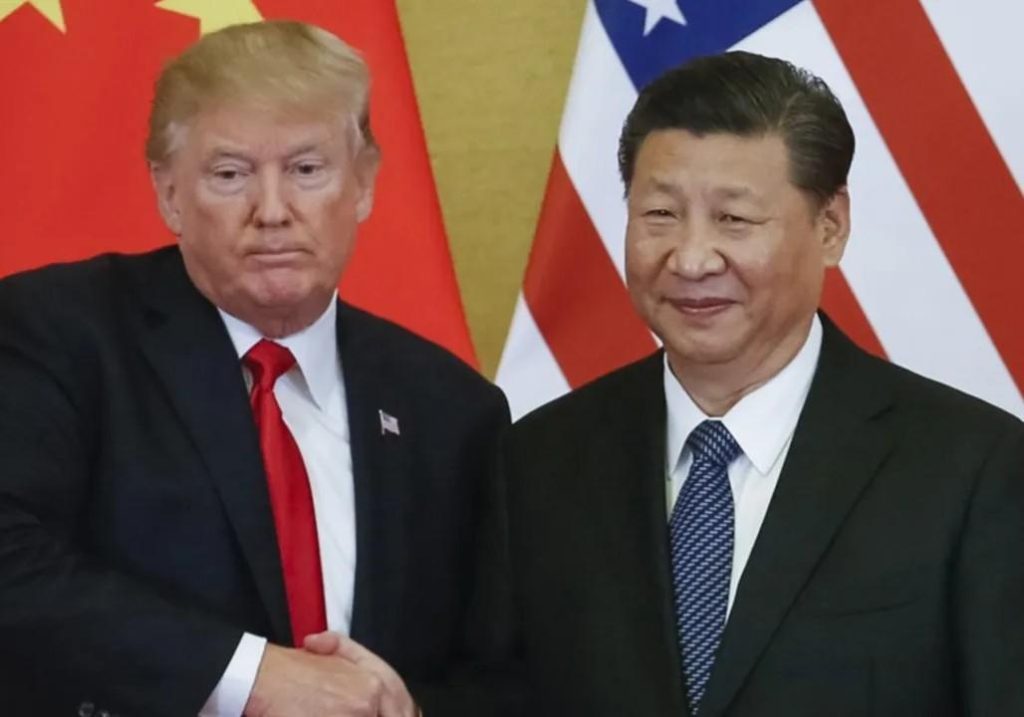
China Hits Back with 84% Tariffs on US Goods after Trump’s 104% Tariff Move
The trade war between the United States and China took a dramatic turn on Wednesday, with China announcing it will impose 84% tariffs on US goods, up from the 34% previously announced. This move came just a day after US President Donald Trump raised tariffs on Chinese goods to 104% after threatening to impose additional tariffs on Chinese imports if China didn’t withdraw its 34% retaliatory tariffs.
The latest development in the trade war has left many wondering what’s next for the global economy. Will China’s retaliatory move lead to further escalation, or will it be enough to prompt the US to reconsider its stance?
To understand the situation, let’s take a step back and look at how we got here. The trade war between the US and China began in March 2018, when the US imposed tariffs on $50 billion worth of Chinese goods, citing unfair trade practices and intellectual property theft. China retaliated by imposing tariffs on $34 billion worth of US goods, including soybeans, pork, and airplanes.
Since then, the situation has only escalated. In May, the US increased tariffs on $200 billion worth of Chinese goods from 10% to 25%, while China retaliated by imposing tariffs on $60 billion worth of US goods. In August, the US imposed tariffs on an additional $300 billion worth of Chinese goods, covering nearly all remaining Chinese imports.
The latest move by China comes in response to Trump’s decision to increase tariffs on Chinese goods to 104%. The US President claimed that China’s tariffs were hurting American farmers and workers, and that the US needed to take a stronger stance.
However, China is not backing down. In a statement, the Chinese Ministry of Commerce said that China is “equipped to fully offset” any negative external shocks from the trade war. The ministry also accused the US of “unilaterally” imposing tariffs on Chinese goods, and of trying to “strangle” China’s economy.
So, what does this mean for the global economy? The answer is that it’s hard to say. On the one hand, China’s retaliatory tariffs could lead to further escalation, which could have negative consequences for global trade and economic growth.
On the other hand, China’s statement that it is “equipped to fully offset” any negative external shocks suggests that the country is prepared to absorb the impact of the trade war and continue to grow. This could be good news for global investors, who have been worried about the potential impact of the trade war on the global economy.
One thing is clear: the trade war between the US and China is far from over. Both countries have made it clear that they are willing to fight to protect their interests, and it’s hard to see a resolution anytime soon.
As the situation continues to unfold, one thing is certain: the global economy will be watching with bated breath. Will China’s retaliatory tariffs be enough to prompt the US to reconsider its stance, or will the trade war continue to escalate? Only time will tell.





